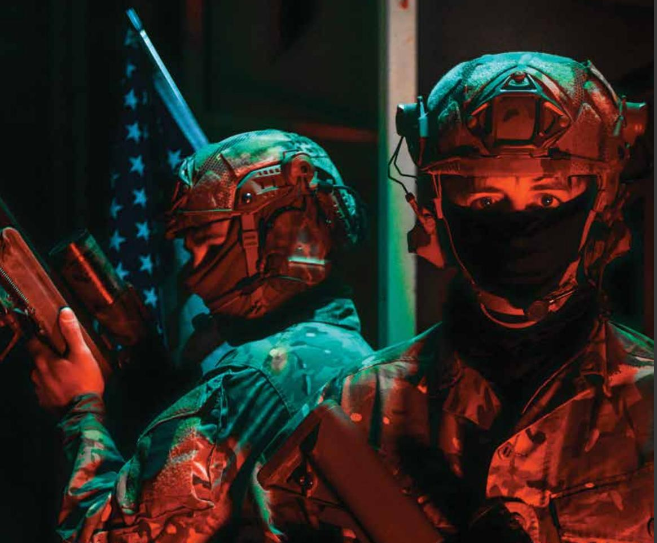On The Move: Bringing Immersive LVC Training to the Point-of-Need

Compact tech and distributed systems enable interoperable, mobile training and sim options for the modern military
Today training and simulation system operators must be poised to scale solutions to accommodate greater diversity and increasingly challenging applications – from full flight simulation to driving sophisticated ground vehicles to operating naval ships like frigates, destroyers, cruisers, and carriers. Flexible, durable systems must deliver high performance to the point-of-need, making a difference in convenience, cost, accessibility, and results for today’s military.
Small system footprint is a key enabler to this approach, replacing a field of rackmount servers with an individual PC positioned directly on the trainee’s platform. Blending high performance processors and graphics cards to create a powerful, small form factor simulation engine, these lightweight, portable systems can be transported from training site to training site. It is a shift that exemplifies a new mandate – balancing high performance image rendering in a small footprint for flexible, safe systems that accommodate diverse training needs now and into the future.
These training strategies also build on the government’s Cloud First initiative established nearly a decade ago, treating training as a service and charged with more effectively bringing it to the point-of-need. Such initiatives shift the focus away from hardware and its associated maintenance, reducing costs and hardware footprint, and achieving highly flexible and scalable training capabilities. For military leaders, these are the advances helping to boost soldier, sailor, airman, or Marine mission readiness, no matter the environment or geographic location. For the original equipment manufacturers (OEMs) of training systems, it means focusing on modular, small footprint systems that scale down infrastructure while advancing crucial capabilities like high performance scene generation for live-virtual-constructive (LVC) training. Today this approach also considers health risks and social distancing needs – a full training staff may not need to be onsite. Smaller systems allow trainees more room to spread out, and training systems delivered for small class groups are ideal for temporary or extended use.
Interested in more insight on how to support military training initiatives with transportable image generation at the point-of-need? Follow our new blog series on this compelling training and simulation topic here at www.dedicatedcomputing.com.



